(4060 products available)
























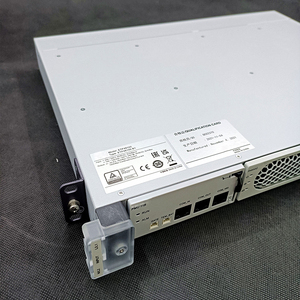

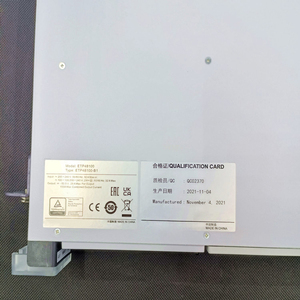











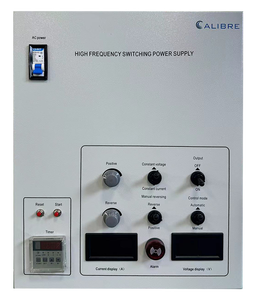








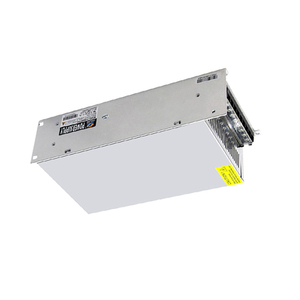
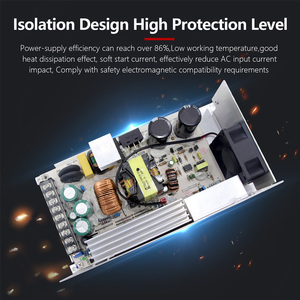




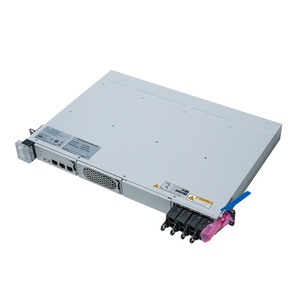



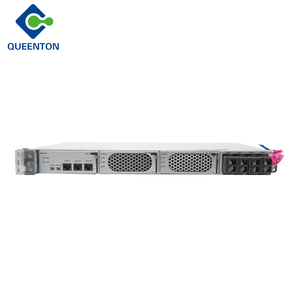







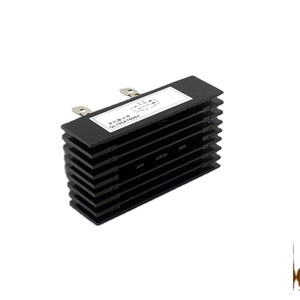

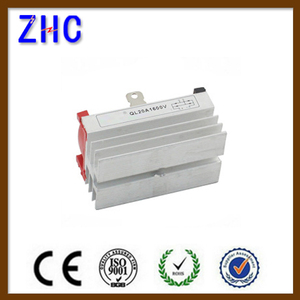







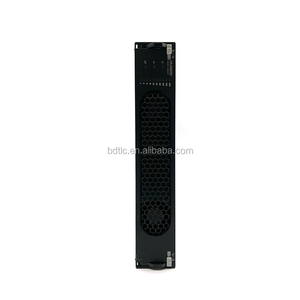



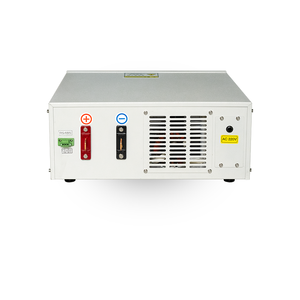
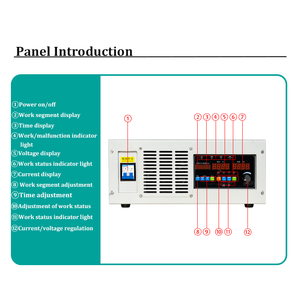


























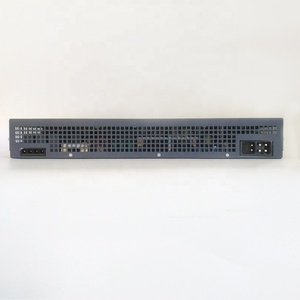



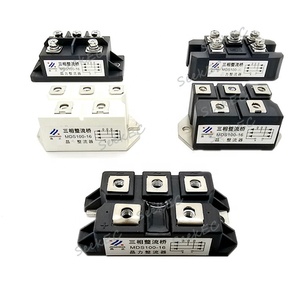



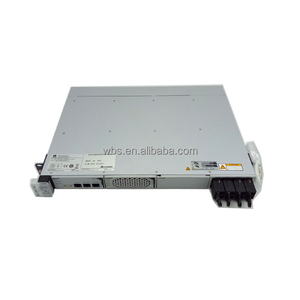














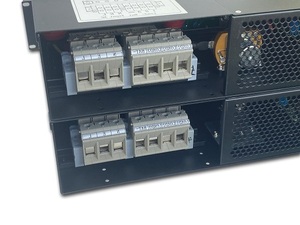

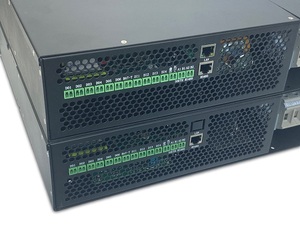












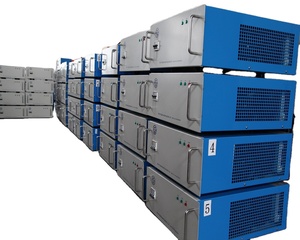




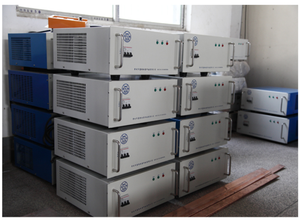
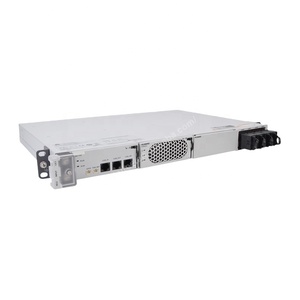







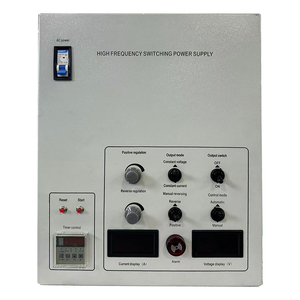


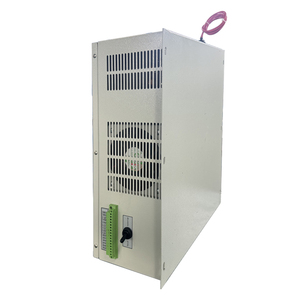


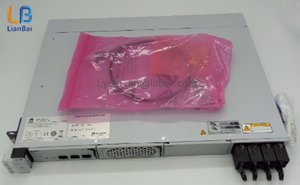









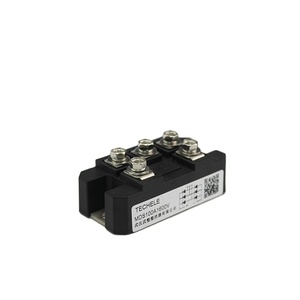


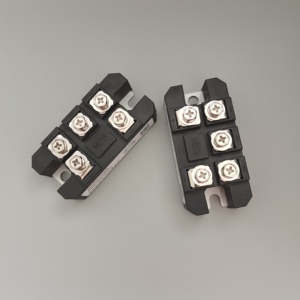
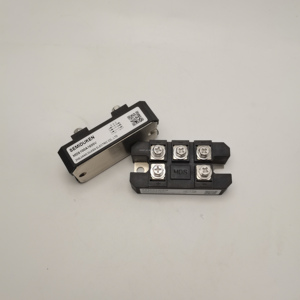






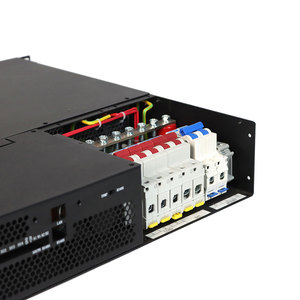







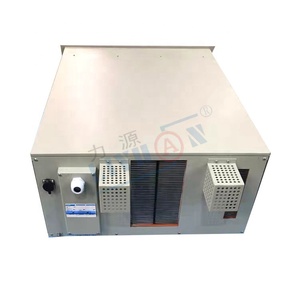


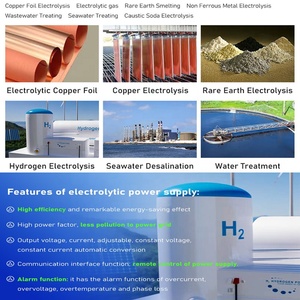

100A rectifiers are available in various configurations, each tailored to specific applications. The choice of type largely depends on the required performance characteristics, such as ripple voltage, efficiency, and load capacity. Below are the most common types found on Chovm.com:
This type of rectifier consists of four diodes arranged in a bridge configuration. It is widely used because it converts both halves of the AC wave into a single positive output. The resulting ripple voltage is therefore lower than that of a half-wave rectifier, making it suitable for devices requiring stable DC output.
Also known as fast recovery rectifiers, quick rectifiers are specifically designed to reduce the diode's reverse recovery time. This feature allows them to operate efficiently at high frequencies. As a result, they are widely used in switching power supplies and other high-frequency applications, where traditional diodes may introduce energy losses.
A single-phase rectifier uses a simple configuration to convert AC to DC. It often employs two or four diodes, which are sufficient for low to moderate power applications. This type is employed in smaller industrial equipment, battery chargers, and auxiliary power systems.
Rectifiers of this kind use three phases of AC input to generate a more robust and reliable DC output. They provide smoother output with less ripple than single-phase rectifiers. Consequently, they are suitable for high-load industrial applications.
The long-lasting nature and efficiency of a 100A rectifier rely heavily on the materials used in its construction. As these components are often exposed to differing electrical, thermal, and mechanical stresses, one must look to understand how their materials affect performance and longevity.
The rectifier's metal components are often fabricated from high-quality materials like silicon, germanium, and gallium, especially for semiconductor devices. Silicon is frequently favored owing to its thermal resilience and chemical stability. It is thus viable even under high-voltage and high-current stresses.
Germanium, on the other hand, is used for older rectifiers, although it has declined in popularity because of its inability to endure high temperatures. Gallium and its compounds, however, are gaining traction in high-efficiency, high-frequency applications, making them useful in many modern electronic devices.
Apart from regular usage, the diodes in a 100A rectifier are often made from such semiconductor materials as silicon carbide (SiC) or gallium nitride (GaN). These substances offer excellent thermal conductivity and a high bandgap, identifying them as capable of high voltage and temperature applications.
The insulating materials in rectifiers, including epoxies and phenolics, provide the needed durability. They also protect the internal components from the kind of electric breakdown that occurs with high voltages. These materials also shield the internal components from mechanical and thermal degradation.
Degradation factors of a 100A rectifier include thermal cycling, over-voltage, and mechanical stress. Exposure to any of these factors can result in material fatigue and ultimate failure. High-quality materials significantly improve the rectifier’s tolerance to these stressors and increase its durability.
There are varied industrial scenarios in which 100A rectifiers come in handy. Users will thus find it beneficial to understand how this device performs and its implications.
These systems run on alternating current and are equipped with 100A rectifiers, which convert AC to DC. This electricity is needed to run DC motors, recharge batteries, and power DC-based equipment. Therefore, in any electric power system, a rectifier ensures that direct current is produced for stable and continuous operations.
Electric vehicle charging stations are built with rectifiers that convert grid AC into DC to facilitate battery charging. As EV populations continue to increase, the demand for 100 A chargers also ramps up, making them vital in road infrastructure and urban power systems.
Data centers depend on rectifiers to ensure their uninterruptible power supply (UPS) systems. These systems command seamless power conversion management between AC and DC. The rectifier is especially important when there is an outage; it switches automatically to battery backup. For smooth operation during an outage, a dedicated 100A rectifier is necessary for data centers since they experience frequent power fluctuations.
Solar power installations employ rectifiers that convert the DC generated by solar panels into AC for integration with the grid. This makes a 100A rectifier especially important for large solar farms. It's instrumental in helping them contribute significantly to energy stability and sustainability.
Telecom equipment needs reliable DC power to run its servers, transmitters, and other critical infrastructure. They normally employ rectifiers that convert grid AC into DC. A 100A rectifier will ensure that robust power is levelled for all kinds of equipment, reliably supporting network infrastructures.
The following factors are crucial to those seeking a 100A rectifier:
It is imperative to gauge the electrical load of any application first. A rectifier must be able to handle peak current and voltage demands without coming apart. Basic calculations take into account the average load and peak demand current. Margin is not optional; ensure the rectifier's ratings exceed these figures for optimal safety. Overloading a rectifier is a sure way to damage internal components and reduce operating time.
The ripple voltage is a parameter indicating the level of AC superimposed on DC after rectification. In applications requiring smooth output voltage—like precision laboratory power supplies, telecom systems, and sensitive electronics—one must consider rectifiers with a low ripple output. Bridge and three-phase rectifiers produce smoother outputs than single-phase or half-wave types.
Rectifiers handle 100 amps of current, and such a large amount of current also brings heat. Heat increases the internal pressure, affecting the output and even compromising the equipment. Therefore, one must install cooling mechanisms such as heatsinks or cooling fans in heavy-duty applications. These help keep the rectifier in the desired temperature range and enable it to work consistently. Chovm.com stocks buyers up with a huge variety of cooling accessories for their rectifier.
Phase rectifier configuration choice is dictated by load requirements and power source availability. Single-phase rectifiers suffice in low-power or smaller-scale applications. But three-phase rectifiers are ideal in the industry, where they handle high currents and demand stable performances. Three-phase rectifiers have more diodes and are sophisticated, producing less ripple and smoother output. As a result, they are more powerful and more costly than the single-phase variety.
Rectifiers' operational efficiency directly impacts energy usage and operational costs in industrial settings. More efficient rectifiers—like fast and super-fast recovery rectifiers—reduce power losses during the AC to DC conversion process and are ideal for applications involving fluctuating loads. They also help eliminate a great deal of heat and higher ripple.
A: 100A rectifiers convert alternating current (AC) into direct current (DC). They thus provide smooth and reliable DC output for industrial power systems, electric vehicles, telecommunication infrastructures, and renewable energy systems.
A: 100A rectifier durability depends on what quality and material it is made of. Good-quality silicon rectifiers that come from quality materials are quite durable and can tackle thermal and mechanical stresses. Durability also depends on ambient conditions, cooling, and operational factors. Maintaining them in their professional environment extends their useful lifespan.
A: Rectifiers must correspond to electrical loads to perform effectively. They will eventually become stressed and inefficient when the load exceeds the rectifier's capacity. They may even shut down or fail. Under low usage, underloads cause inefficiencies, power losses, and instability. Load requirements must be measured to select the right one for each application.
A: Both bridge and three-phase rectifiers convert AC into a more stable DC used to power various industrial devices. The three-phase rectifiers are most rugged and suitable for high currents, while the bridge is simpler and widely applicable.